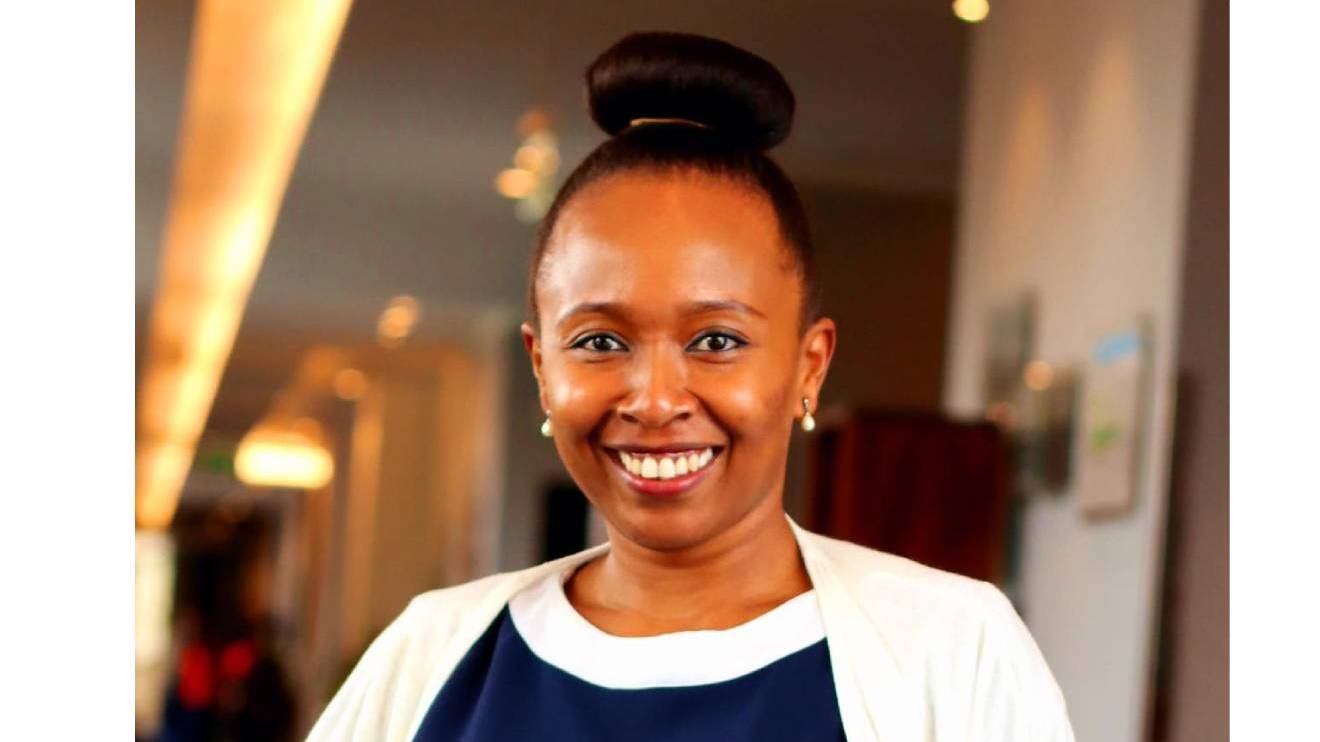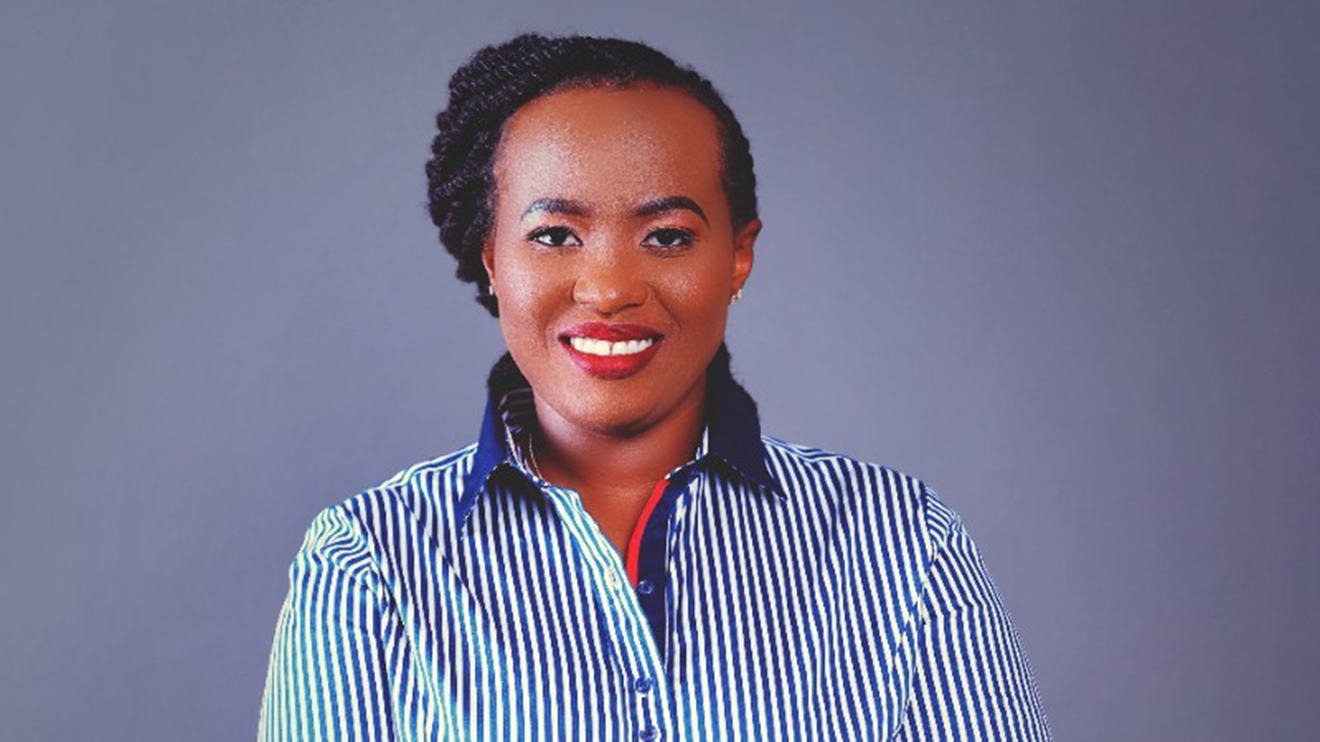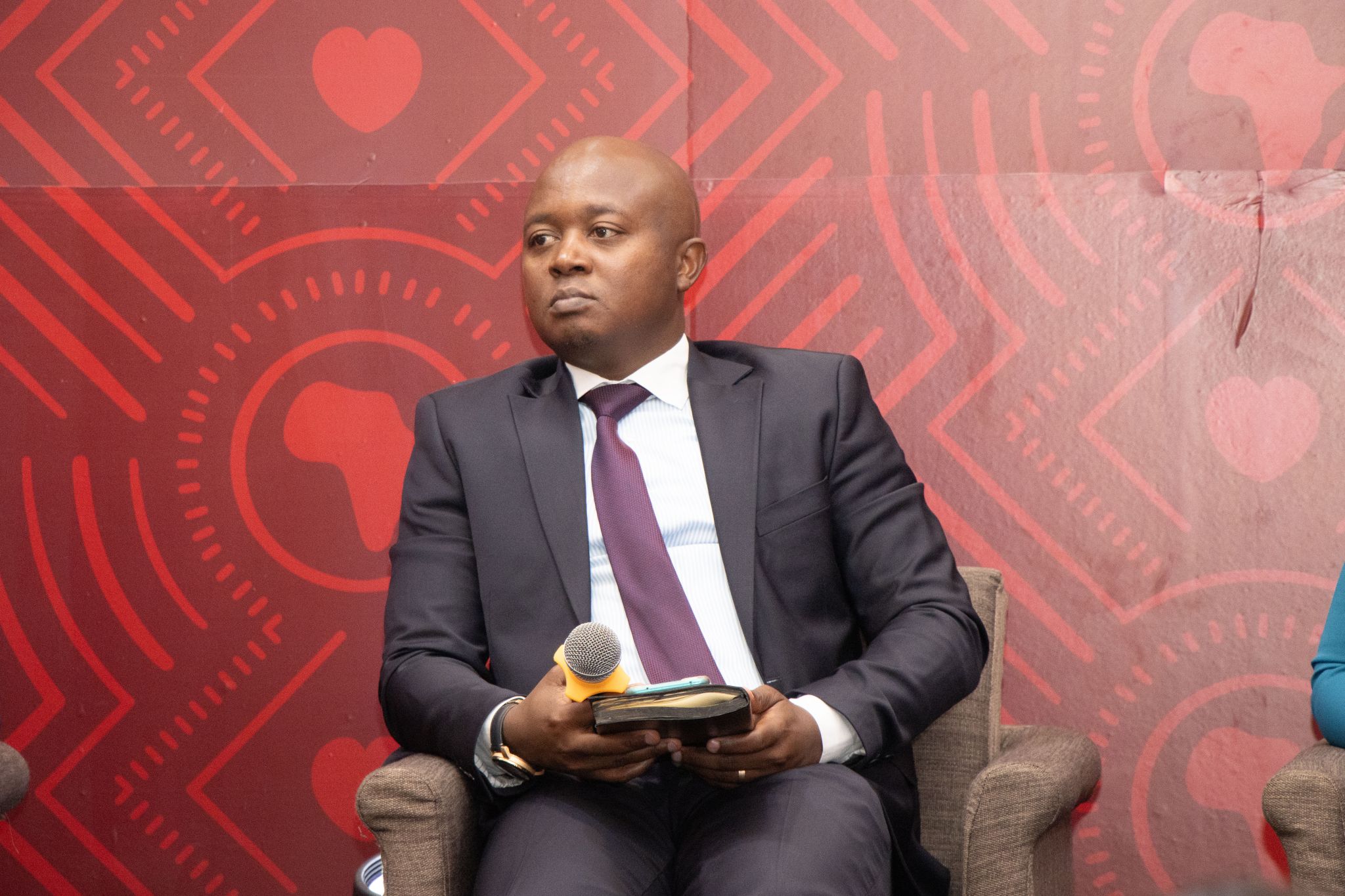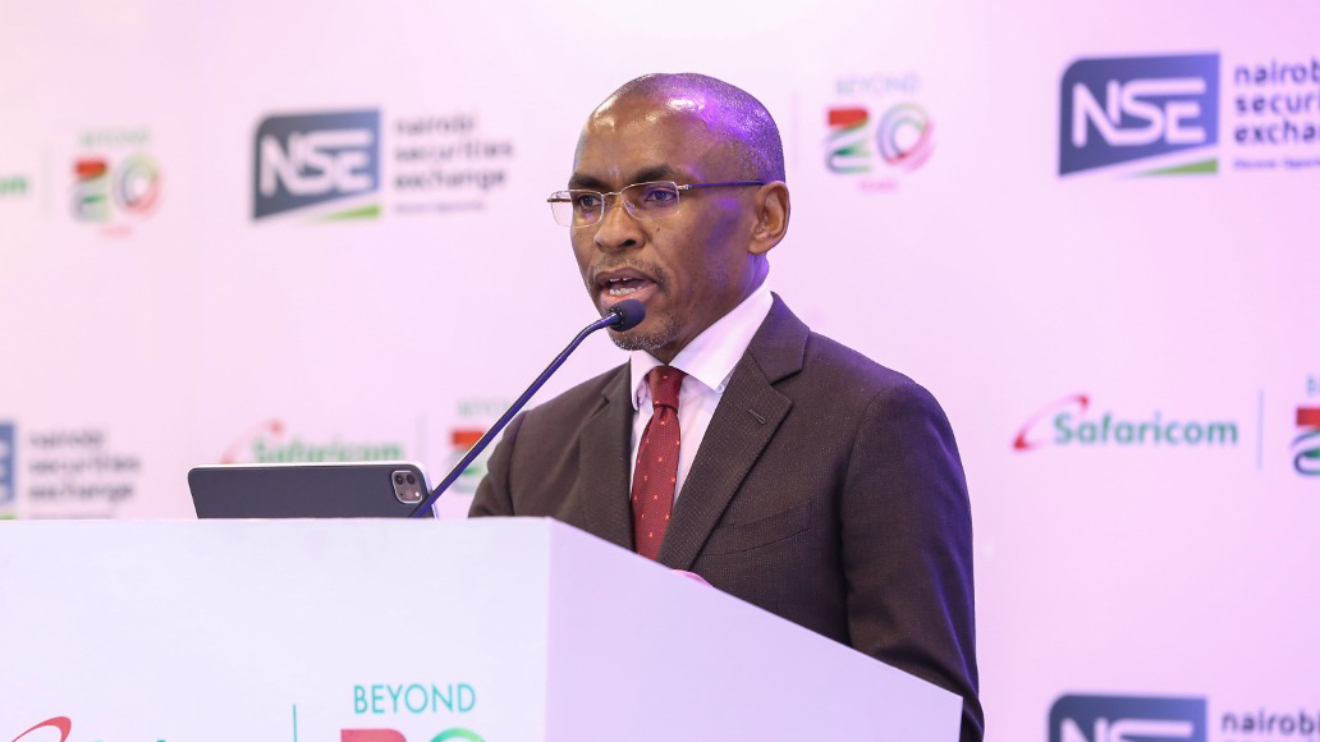Every President faces a delicate balancing act when it comes to cabinet selection, especially when re-election is at play.
In education, that balance lies in the nexus between ensuring the delivery of promises made and managing the politics of the behemoth that is the Ministry of Education.
Over time, education has become the ministry with the largest budgetary allocation (27 per cent).
It is also the home of one of the most populous organized groups, teachers, represented by their unions.
The unions were once so powerful that they forced the committee of experts tasked with writing the 2010 constitution to include the TSC as a constitutional commission when it should have stayed a SAGA, but I digress.
Read More
Back to education ministers. Where education is concerned, the choice of cabinet secretary has been based on the level of promised reforms.
Education is dynamic and always in a state of flux. Something is always changing, whether that is policy, the curriculum across the different levels, the laws governing the sector, frameworks, funding, etc.
Then there is the human resource element (teachers, lecturers, etc.).
These are people’s children, the pipeline to “gainful and respectable” employment, and the chance for many families to escape poverty.
Education has always been the great equalizer, which makes it a political bombshell. It’s a complicated ministry.
Because of the way 8-4-4 was introduced in Kenya, political parties and their candidates have always included their education plans in their manifestos.
This came to a head in 2002 with the KANU and NARC manifestos. KANU proposed to maintain the status quo and only work on increasing access to education through enrollment, while NARC promised to overhaul the system and make it fit for a changing world. Thus, when Kibaki won, he had to deliver the overhaul he promised.
His selected lieutenants were Prof. George Saitoti, assisted by Dr. Kilemi Mwiria.
They were selected because they had to conceptualize the reforms, secure the funding for them, and rally stakeholders. Saitoti was an experienced political hand, and Kilemi was a respected scholar and a man who could galvanize funding, a very necessary thing to secure free primary education.
In 2003, the National Conference on Education and Training was held. That conference led to the development of Sessional Paper No. 1 of 2005 titled "A Policy Framework for Education, Training and Research." Vision 2030 was developed between October 2006 and August 2007.
Once the heavy lifting was done, the President appointed Prof. Sam Ongeri, who held the position from 2008 to 2012. He was selected to keep the ship steady. During his tenure, we promulgated the 2010 constitution.
In order to harmonize Vision 2030 and the new constitution, Kibaki formed the “Task Force on the Re-alignment of the Education Sector to the Constitution of Kenya 2010 and Vision 2030 " aka the Odhiambo Taskforce in 2011.
The Taskforce Report was launched in 2012. This ushered in a heavy legislative and policy-making period needed to operationalize both the 2010 constitution and the Odhiambo Report. Kibaki selected Mutula Kilonzo, an advocate, to midwife this process.
Mutula Kilonzo held the docket from March 2012 to April 2013. During that period, various pieces of consequential legislation were drafted and passed.
It was one of the most consequential legislative and policy periods in education, resulting in the Universities Act in 2012, the Basic Education Act, the KICD Act, the TSC Act, the Science Technology and Innovation Act in early 2013, among others. A legal mind was needed and the results Mutula midwifed are evident today.
On Friday 19th July 2024, the President nominated a career advocate as cabinet secretary for education, one Julius Migos Ogamba, and many may wonder why an advocate and not a career educationist.
For the second time in our history, we are undertaking consequential legal reforms in education. As we speak, there are 13 pieces of legislation touching on all levels of education awaiting parliamentary approval.
If my predictions are right, these pieces of legislation will be tabled within the next six months. The changes are aligned to the taskforce reports done in 2012 and before, the recommendations of the Munavu Presidential Working Party, and the Kenya Kwanza Education Charter.
Their goal is to connect all aspects of education legislatively, something the sector desperately needs. This is in order to align education with the national development agenda, the future of work, and the demands of industry, all while considering the regional and global context. We need a legal mind.
Should Julius Migos Ogamba survive parliament, it will be the second time since 2010 that the Ministry of Education is in the hands of advocates. He will join Prof. Collins Odote, who is the Chair of the Presidential Working Party Implementation Committee in spearheading the legal reforms. I can understand the choice of profession.
My hope is that he will be brave. That he will have courage to push for JSS to be domiciled in both primary AND secondary schools, that he will create the legal mechanism necessary to establish meaningful quality assurance.
That we will see a proper legal framework through which TSC and the Ministry of Education can engage. That he will have the courage to create the legal framework to implement CBC properly. That he will actually deal with the University funding model once and for all.
Is he up for the task? I guess only time will tell.
PS: It would be great if he managed to return school feeding to Education instead of ASAL where it was taken.





-1753808187.jpeg)


-1757243598.jpg)
-1757244564.jpg)

-1757101509.jpg)
